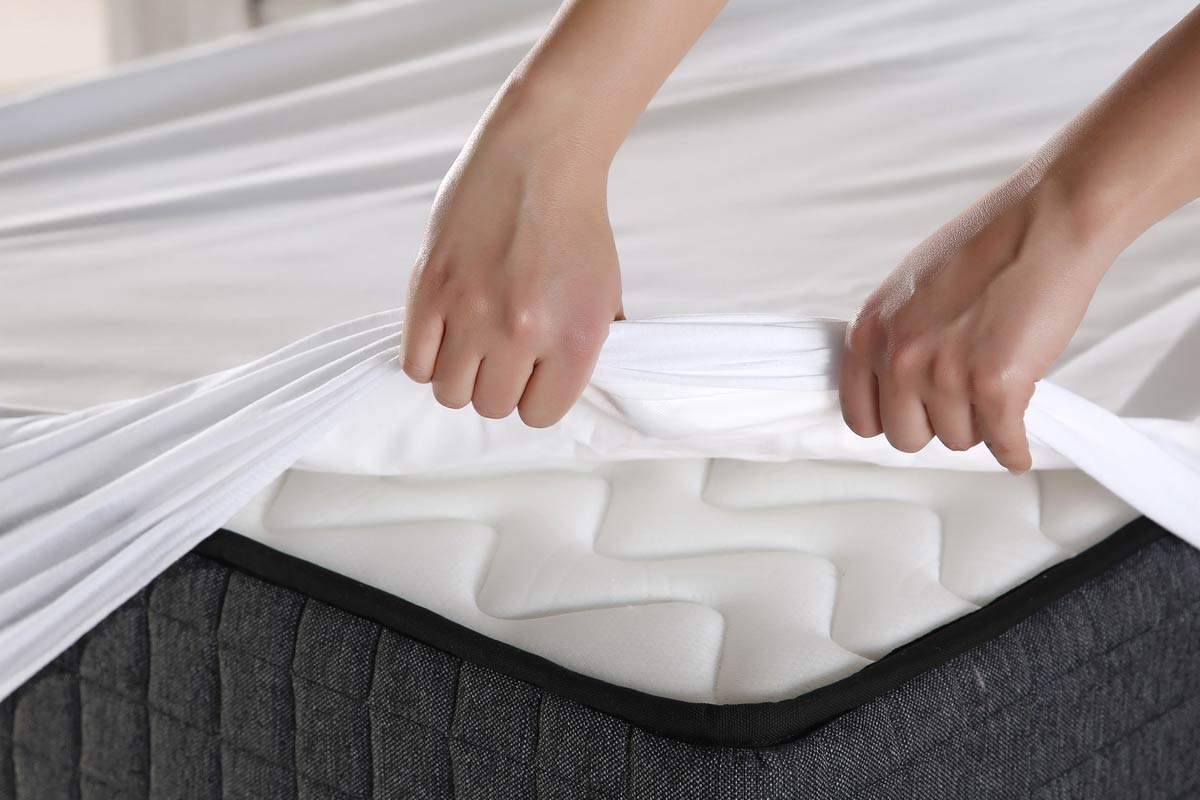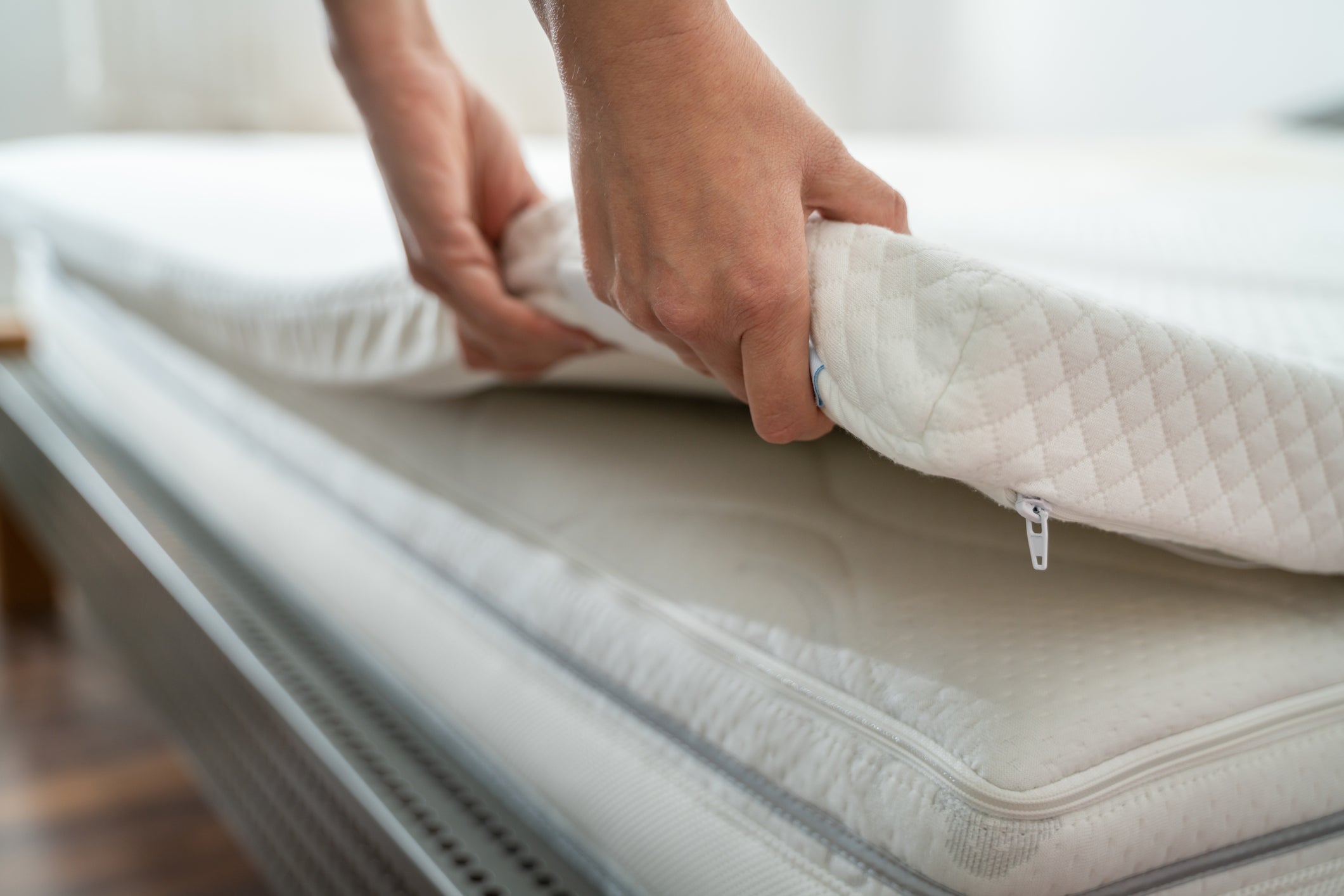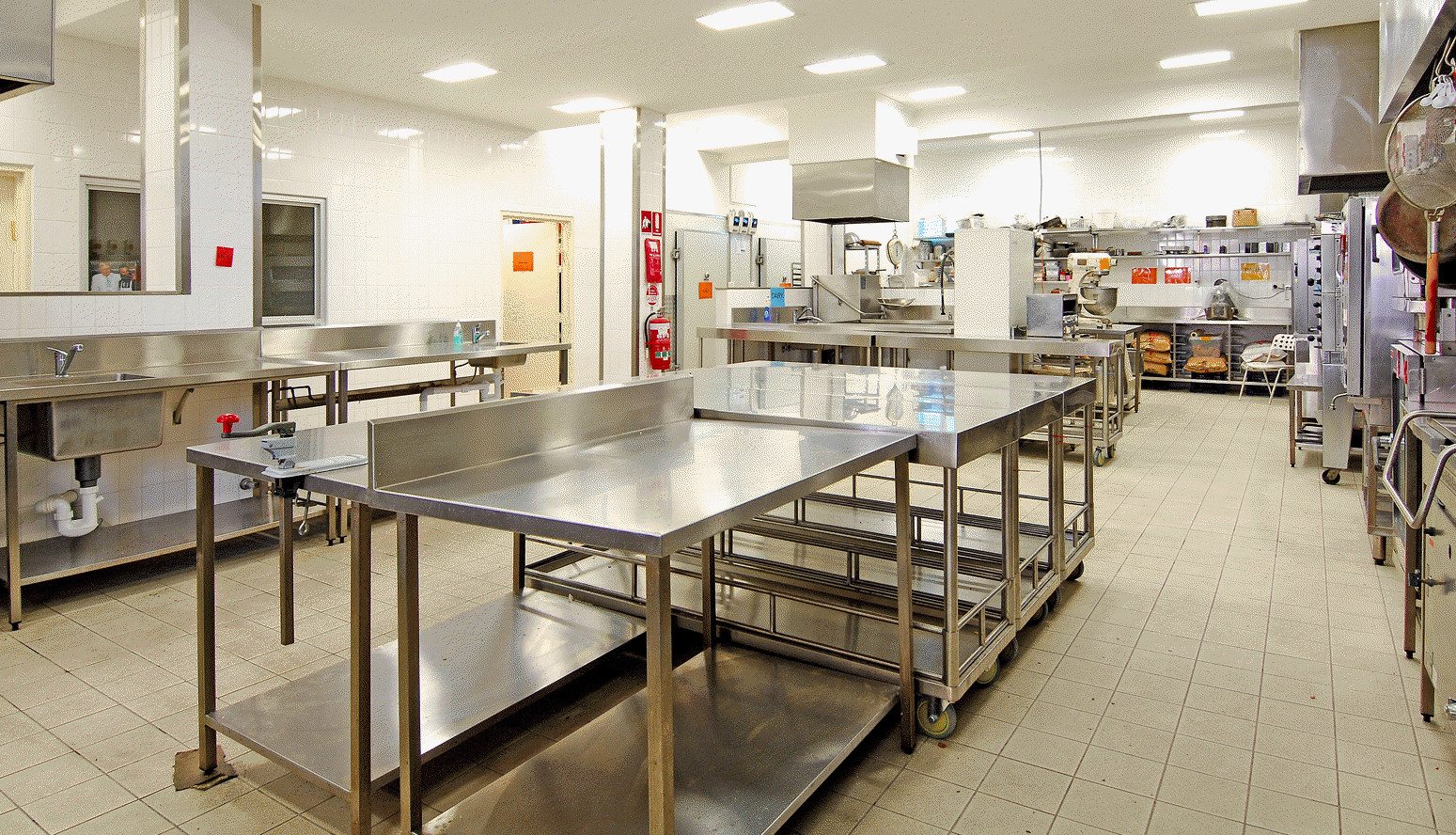How to Wash a Mattress Protector
Keeping your baby's mattress clean and protected is essential for their health and comfort. A mattress protector is a great way to prevent stains, allergens, and bacteria from seeping into the mattress. But what happens when the protector itself gets dirty? Here's everything you need to know about washing a mattress protector.
How to Clean a Mattress Protector
Before you toss your baby's mattress protector into the washing machine, it's important to check the care instructions. Most mattress protectors can be machine washed, but some may require hand washing or dry cleaning. It's always best to follow the manufacturer's instructions to avoid damaging the protector.
Can You Put a Mattress Protector in the Washing Machine?
Yes, in most cases, you can put a mattress protector in the washing machine. However, it's important to use a gentle cycle and mild detergent to prevent any damage to the protector. Avoid using harsh chemicals or bleach, as they can break down the waterproof barrier and reduce its effectiveness.
How to Wash a Waterproof Mattress Protector
Waterproof mattress protectors are designed to repel liquids and prevent them from seeping into the mattress. To properly wash a waterproof protector, start by removing any stains or spills with a damp cloth. Then, place the protector in the washing machine on a gentle cycle with mild detergent. Avoid using fabric softeners, as they can damage the waterproof layer.
Can You Wash a Mattress Protector in Hot Water?
It's generally recommended to wash a mattress protector in cold or warm water, as hot water can damage the waterproof barrier and cause shrinkage. However, if the care instructions specifically state that hot water can be used, then it should be safe to do so.
How Often Should You Wash a Mattress Protector?
The frequency of washing a mattress protector depends on how often it gets dirty. For babies and young children, it's recommended to wash the protector at least once a month. If your child is prone to accidents or spills, then it may need to be washed more frequently. It's also a good idea to wash the protector after any illness to prevent the spread of germs.
Can You Dry a Mattress Protector in the Dryer?
Most mattress protectors can be dried in the dryer on a low or medium heat setting. However, it's important to check the care instructions, as some protectors may require air drying. Avoid using high heat, as it can damage the waterproof layer and cause shrinkage.
How to Remove Stains from a Mattress Protector
If your baby's mattress protector has any stains, it's important to treat them before washing. For food or bodily fluid stains, mix a small amount of mild detergent with water and gently scrub the stain. For tougher stains, you may need to use a stain remover specifically designed for mattress protectors. Always spot test the cleaner on a small, inconspicuous area before using it on the stain.
Can You Use Bleach on a Mattress Protector?
Bleach can be damaging to the waterproof layer of a mattress protector, so it's generally not recommended. However, if the care instructions state that bleach can be used, then it should be safe to do so. Just be sure to dilute the bleach and spot test it on a small area first.
How to Keep Your Mattress Protector Clean and Fresh
To keep your baby's mattress protector clean and fresh in between washings, it's important to regularly vacuum it with a handheld vacuum or the upholstery attachment on your vacuum cleaner. This will help remove any dust, allergens, and particles that may have accumulated on the surface. You can also spot clean any spills or stains as soon as they happen to prevent them from setting in.
Following these tips will ensure that your baby's mattress protector stays clean, hygienic, and in good condition for as long as possible. And by keeping their mattress protected, you'll also be keeping your little one safe and comfortable while they sleep.
Why it is Important to Wash Your Baby's Mattress Protector in the Washer

Protecting Your Baby's Health and Comfort
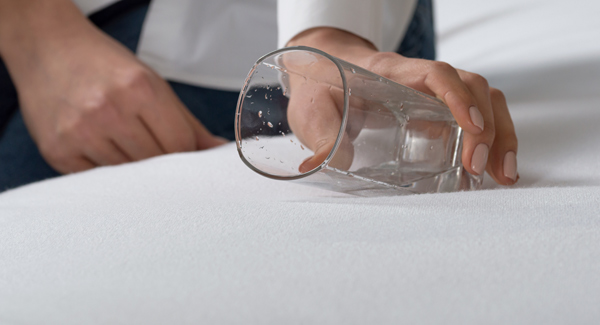 As a new parent, you may be wondering if it is safe to wash your baby's mattress protector in the washer. The answer is yes, and it is actually very important for your baby's health and comfort. A mattress protector serves as a barrier between your baby and their mattress, protecting them from potential allergens, dust mites, and spills. However, over time, these protectors can accumulate dirt, sweat, and bacteria, making it essential to regularly wash them. Let's take a closer look at why it is important to wash your baby's mattress protector in the washer.
As a new parent, you may be wondering if it is safe to wash your baby's mattress protector in the washer. The answer is yes, and it is actually very important for your baby's health and comfort. A mattress protector serves as a barrier between your baby and their mattress, protecting them from potential allergens, dust mites, and spills. However, over time, these protectors can accumulate dirt, sweat, and bacteria, making it essential to regularly wash them. Let's take a closer look at why it is important to wash your baby's mattress protector in the washer.
Ensuring a Clean and Hygienic Environment
 Babies have delicate and sensitive skin that is easily irritated. If their mattress protector is not regularly washed, it can become a breeding ground for bacteria and other harmful microorganisms. This can lead to skin irritations, allergies, and even respiratory issues for your little one. By washing the mattress protector in the washer, you can effectively remove any dirt, sweat, and bacteria, ensuring a clean and hygienic sleeping environment for your baby.
Babies have delicate and sensitive skin that is easily irritated. If their mattress protector is not regularly washed, it can become a breeding ground for bacteria and other harmful microorganisms. This can lead to skin irritations, allergies, and even respiratory issues for your little one. By washing the mattress protector in the washer, you can effectively remove any dirt, sweat, and bacteria, ensuring a clean and hygienic sleeping environment for your baby.
Prolonging the Lifespan of the Mattress Protector
 Washing your baby's mattress protector in the washer not only keeps it clean and hygienic but also helps to prolong its lifespan. Over time, dirt and bacteria can cause the protector to deteriorate, leading to premature wear and tear. Regularly washing it in the washer can help remove these harmful substances, keeping the protector in good condition for longer. This not only saves you money in the long run but also ensures that your baby is sleeping on a clean and comfortable surface.
Washing your baby's mattress protector in the washer not only keeps it clean and hygienic but also helps to prolong its lifespan. Over time, dirt and bacteria can cause the protector to deteriorate, leading to premature wear and tear. Regularly washing it in the washer can help remove these harmful substances, keeping the protector in good condition for longer. This not only saves you money in the long run but also ensures that your baby is sleeping on a clean and comfortable surface.
How to Properly Wash Your Baby's Mattress Protector
 Now that we understand the importance of washing your baby's mattress protector in the washer, let's discuss how to do it properly. First, it is important to read the care instructions on the protector to ensure you are following the proper cleaning method. Most mattress protectors can be washed in warm water with a mild detergent. It is also recommended to add a few drops of
essential oils
with natural antibacterial properties, such as lavender or tea tree, to help disinfect the protector. Once washed, be sure to dry the protector completely before putting it back on the mattress.
Now that we understand the importance of washing your baby's mattress protector in the washer, let's discuss how to do it properly. First, it is important to read the care instructions on the protector to ensure you are following the proper cleaning method. Most mattress protectors can be washed in warm water with a mild detergent. It is also recommended to add a few drops of
essential oils
with natural antibacterial properties, such as lavender or tea tree, to help disinfect the protector. Once washed, be sure to dry the protector completely before putting it back on the mattress.
In Conclusion
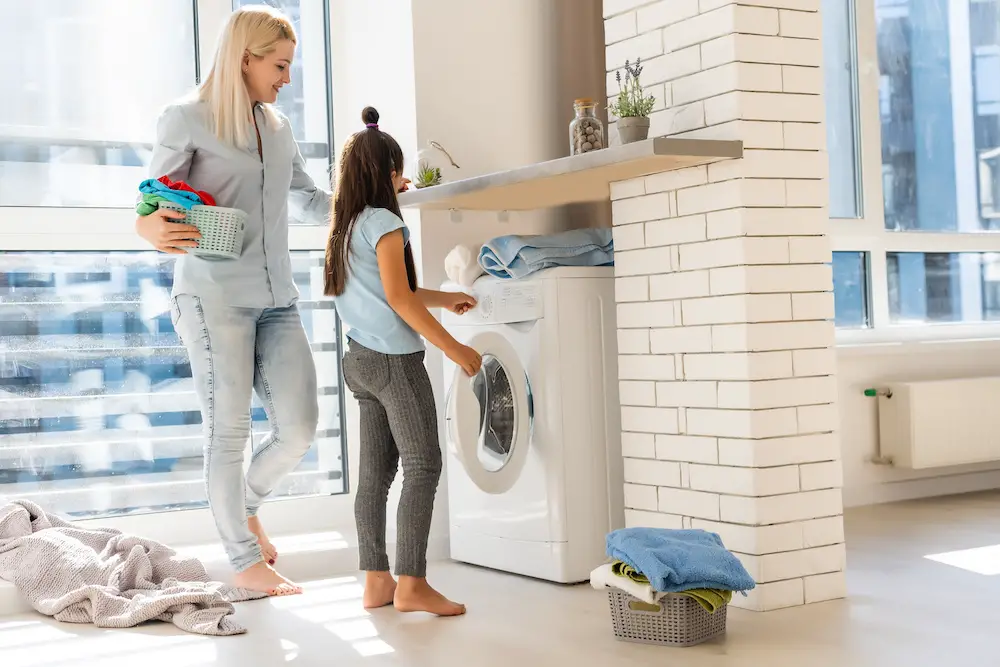 Washing your baby's mattress protector in the washer is not only safe but also essential for maintaining a clean and hygienic sleeping environment for your little one. It not only protects their health and comfort but also helps to prolong the lifespan of the protector. So, don't hesitate to wash your baby's mattress protector in the washer – your baby will thank you for it!
Washing your baby's mattress protector in the washer is not only safe but also essential for maintaining a clean and hygienic sleeping environment for your little one. It not only protects their health and comfort but also helps to prolong the lifespan of the protector. So, don't hesitate to wash your baby's mattress protector in the washer – your baby will thank you for it!





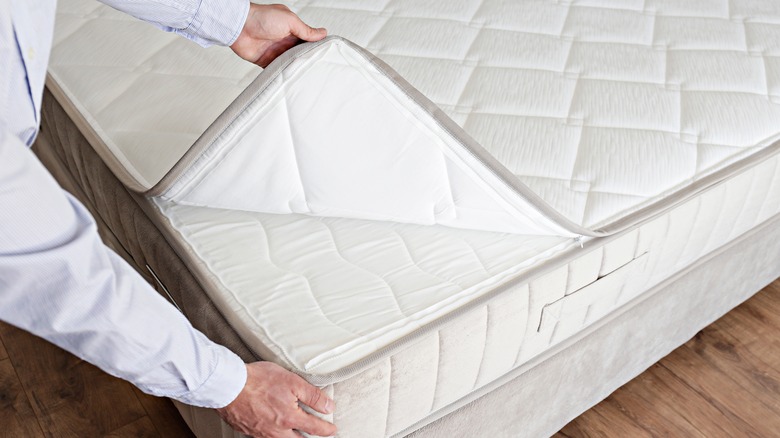
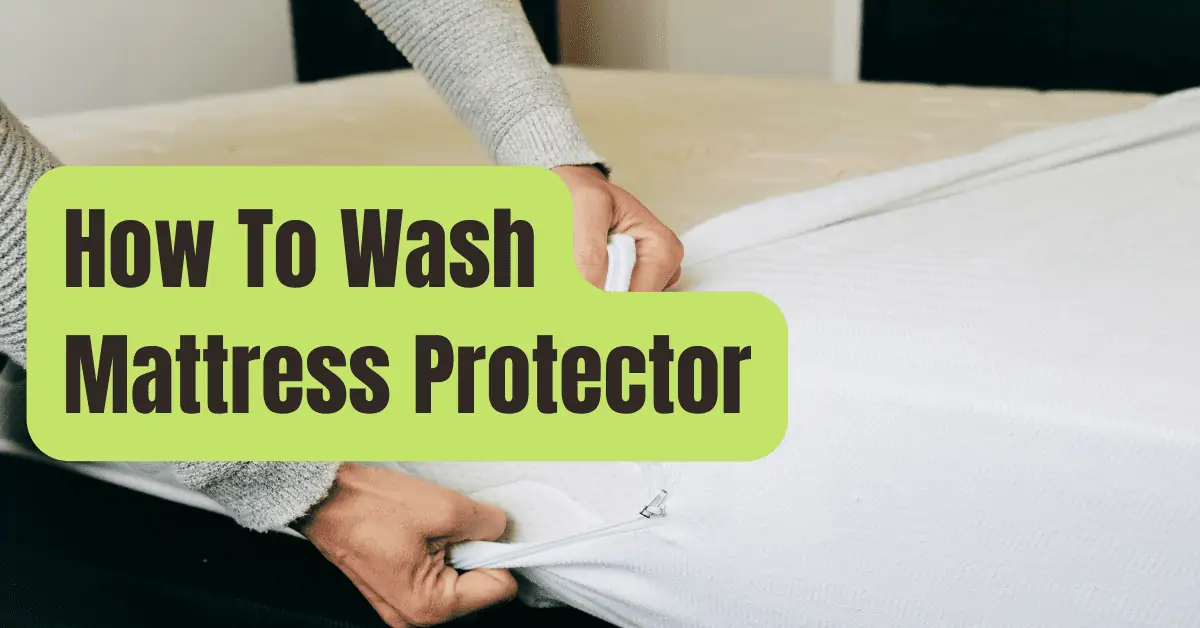
:max_bytes(150000):strip_icc()/how-to-wash-mattress-protector-5220415-hero-ef3d29e5dac34ab8a6482dc4e31a1252.jpg)






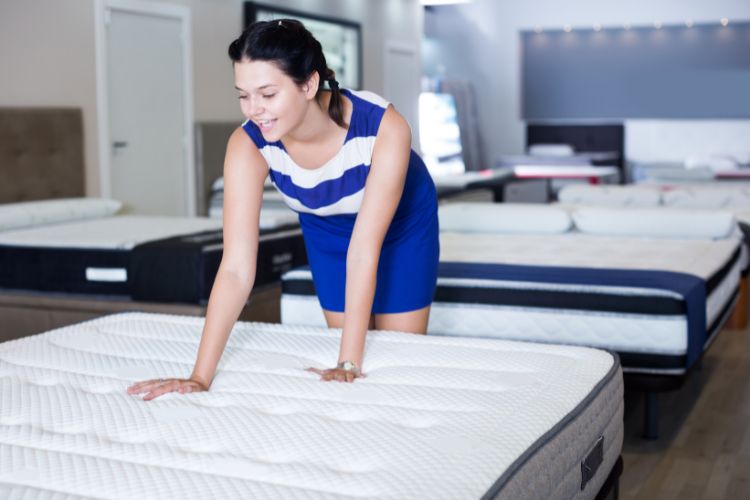
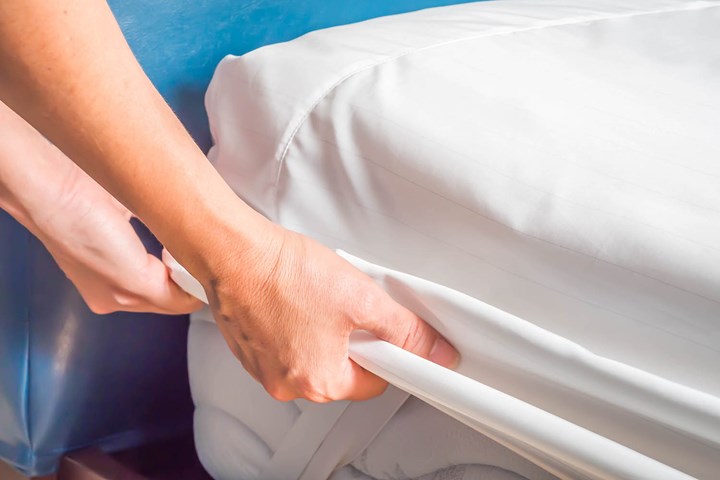










:max_bytes(150000):strip_icc()/how-to-wash-mattress-protector-5220415-hero-ef3d29e5dac34ab8a6482dc4e31a1252.jpg)








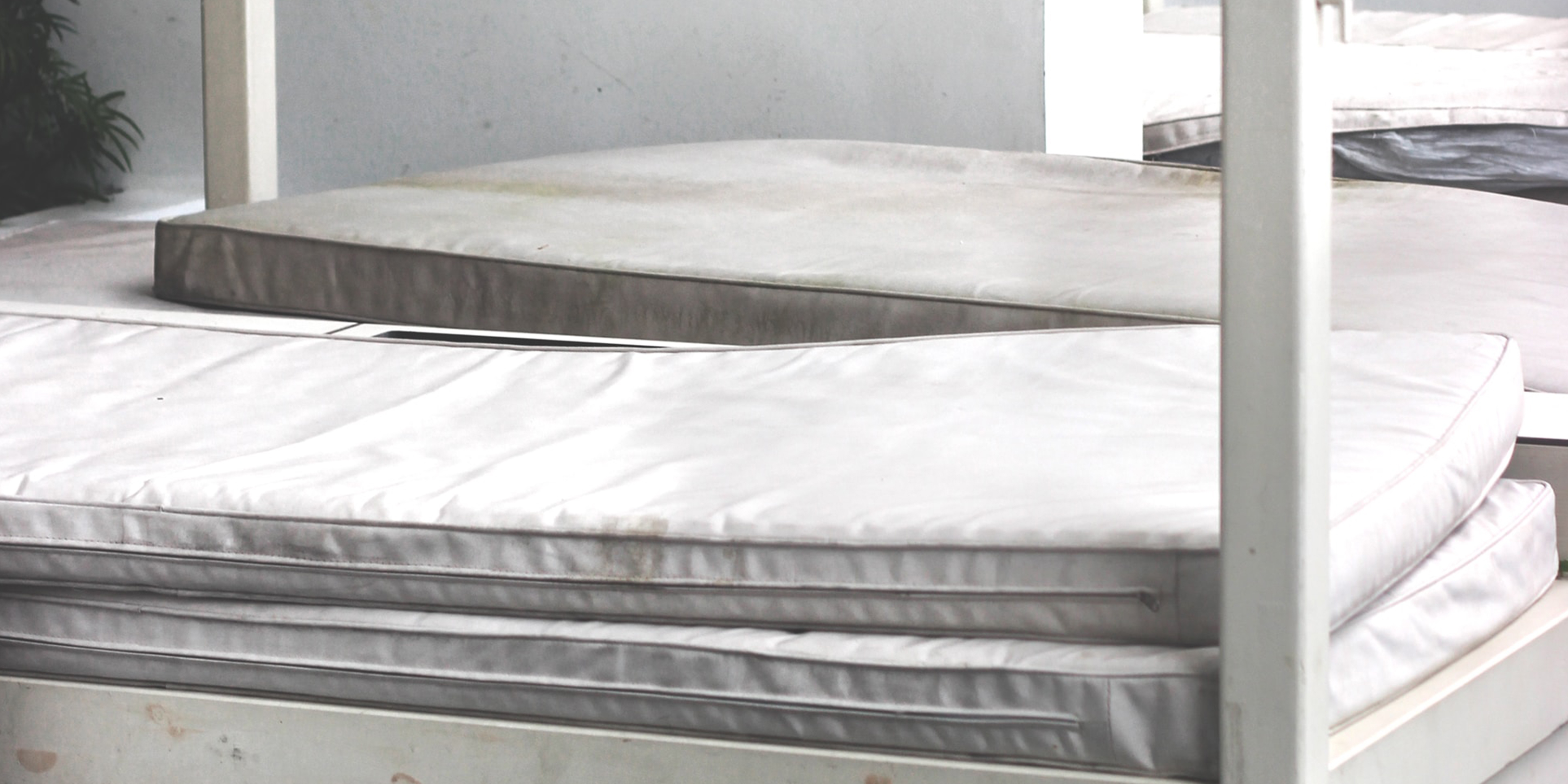






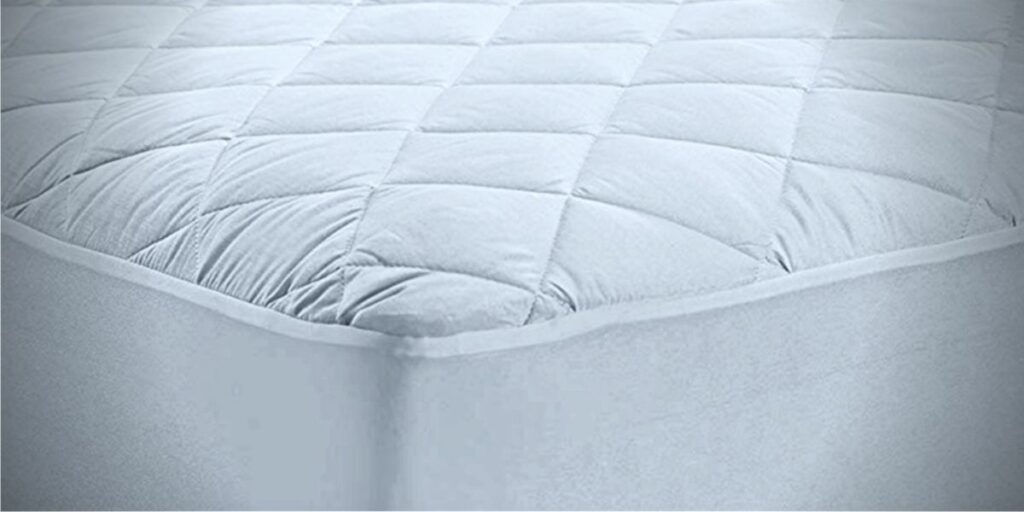
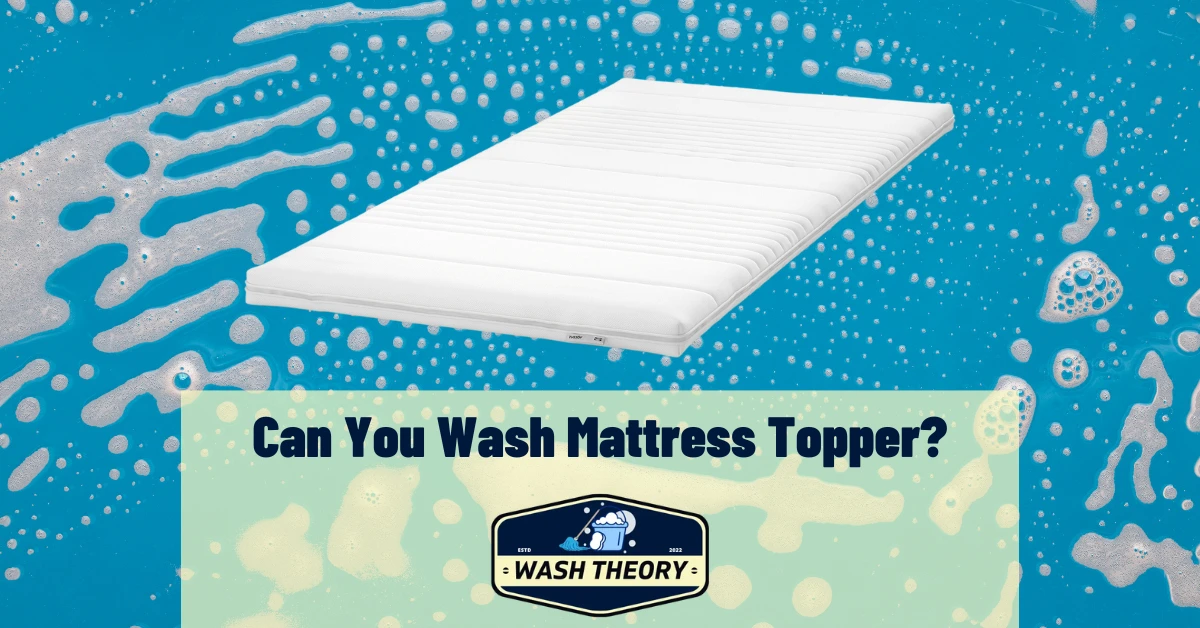
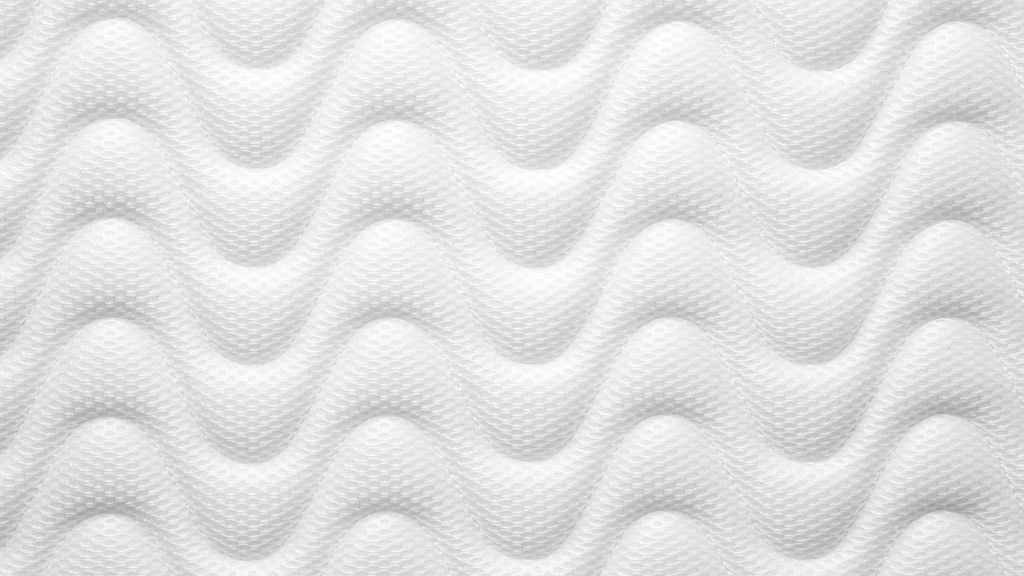
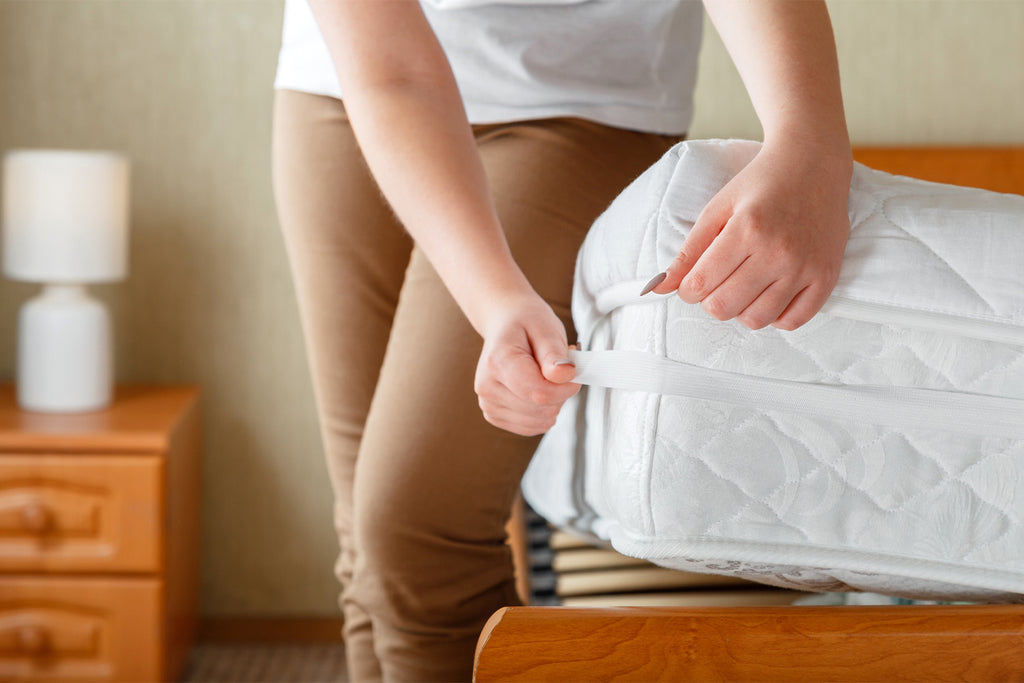
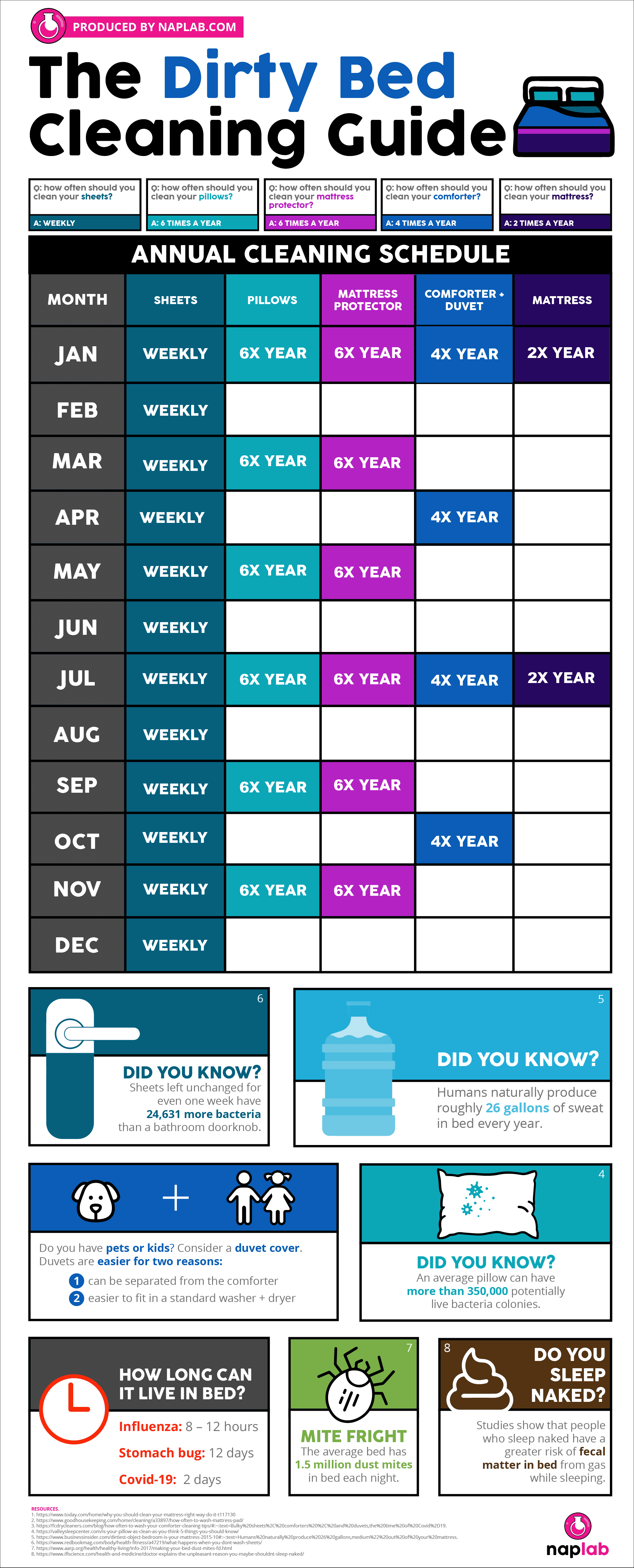



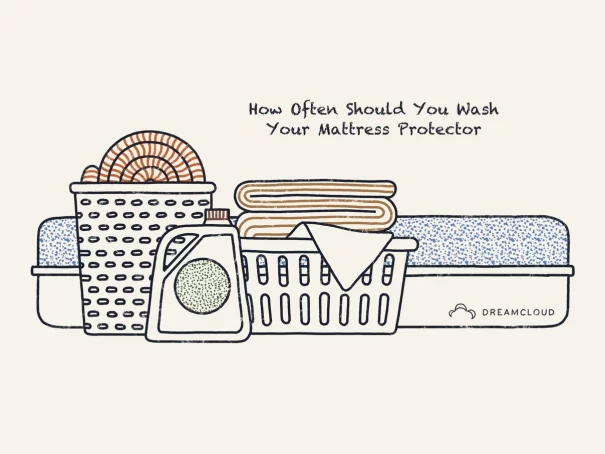

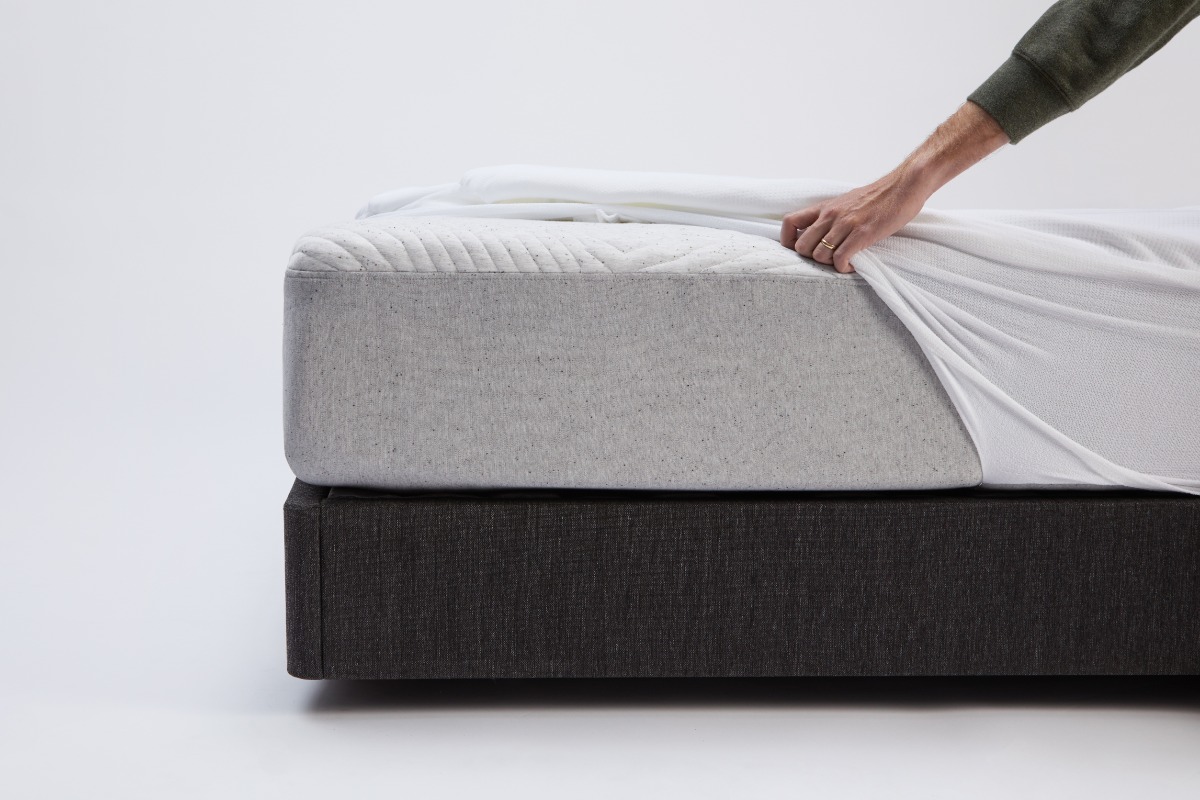
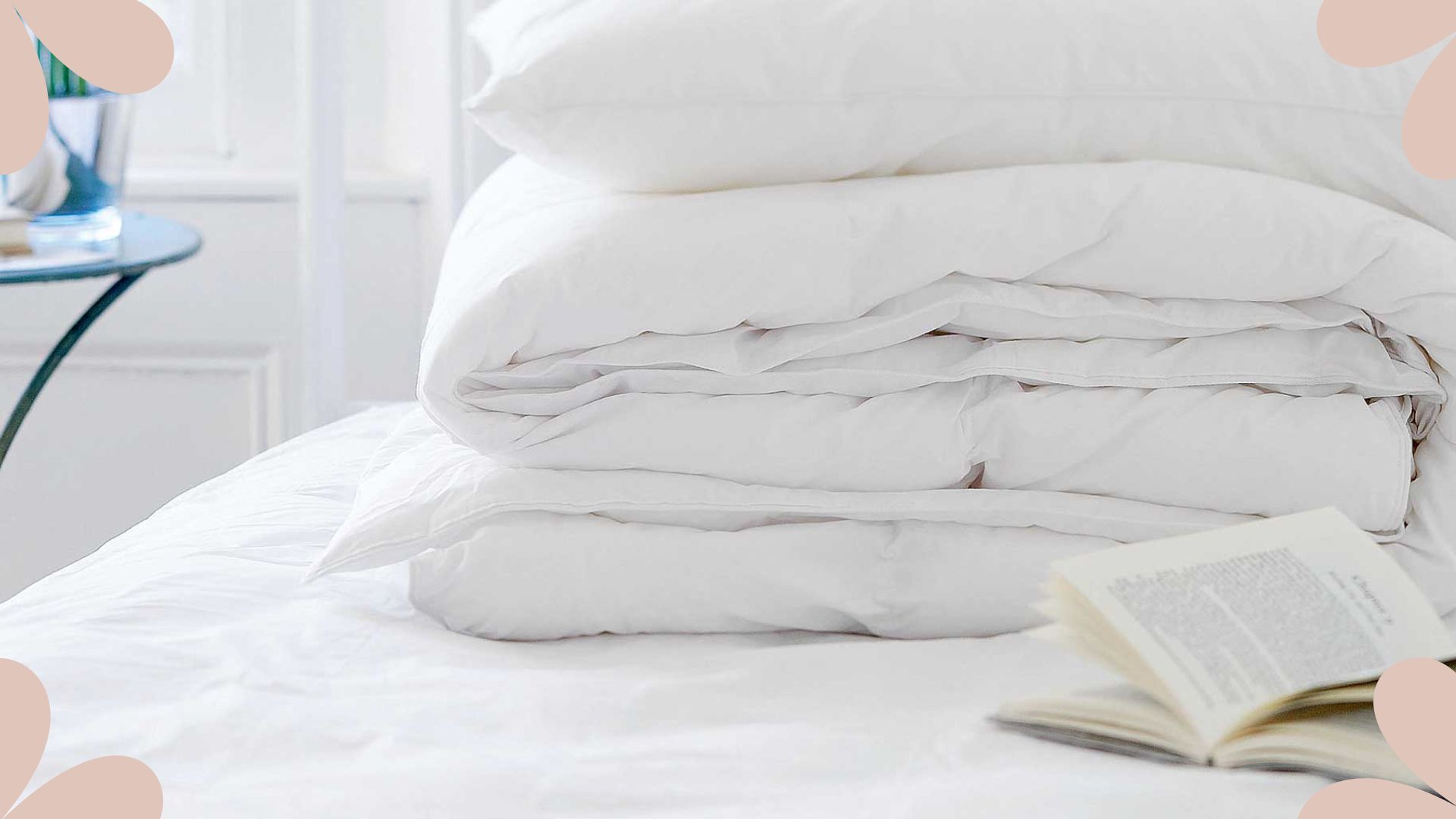


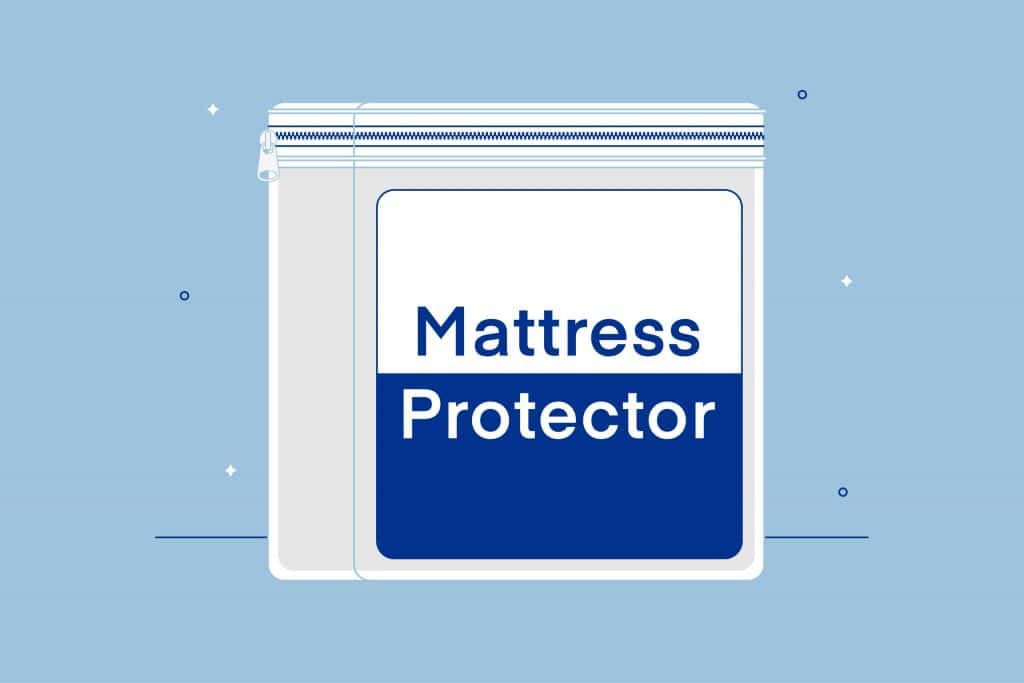



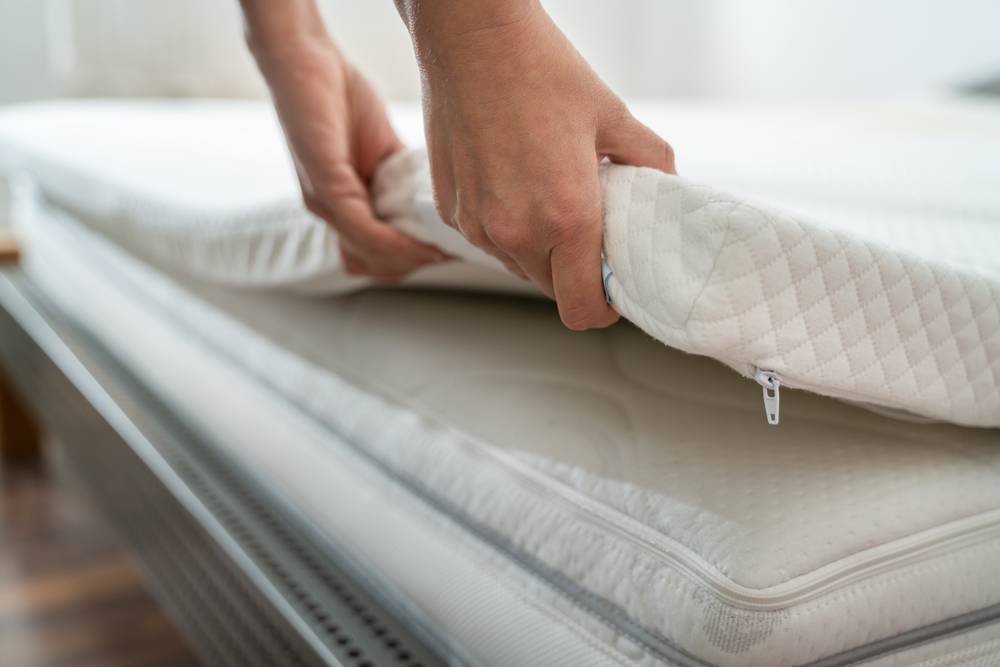










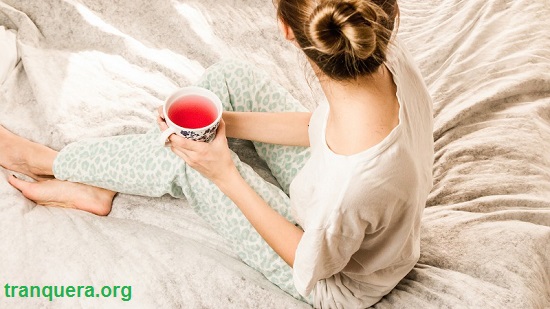
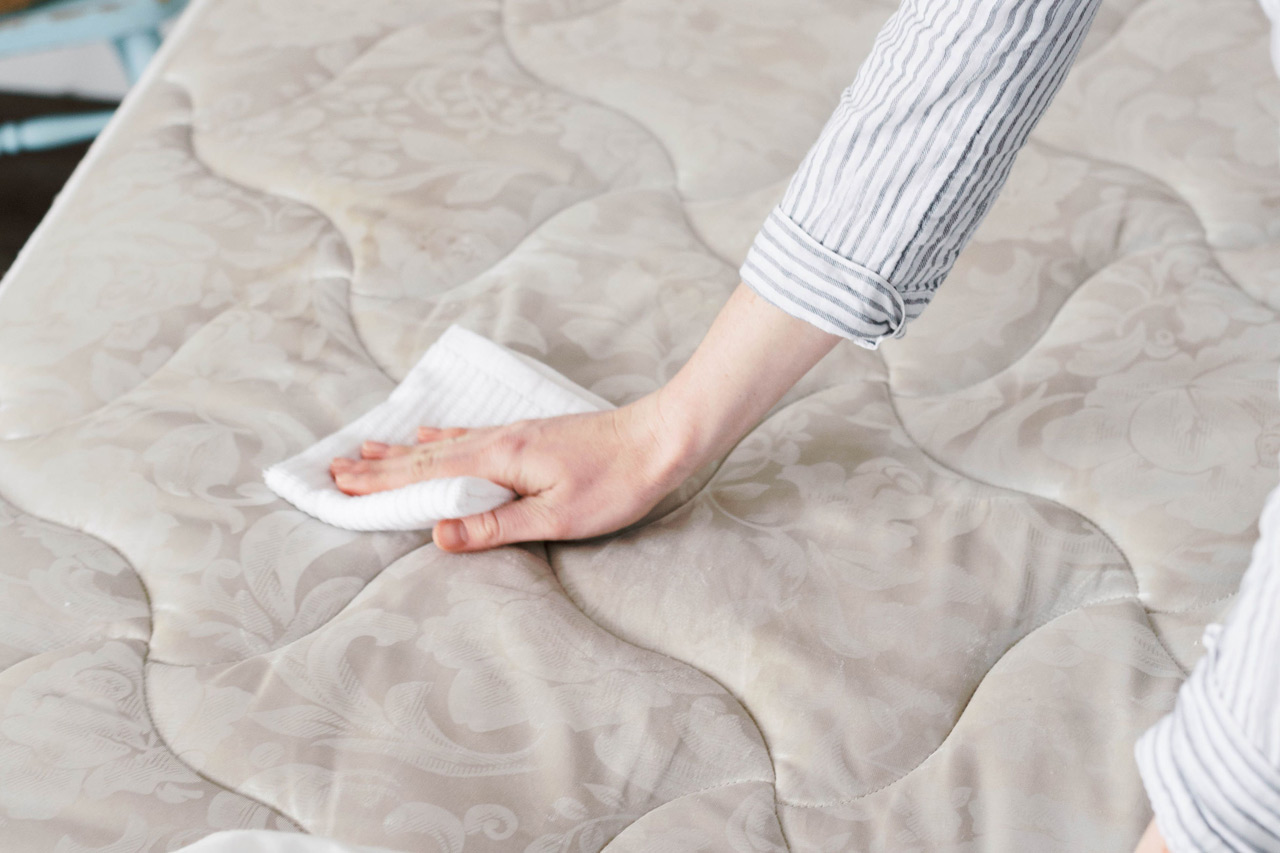






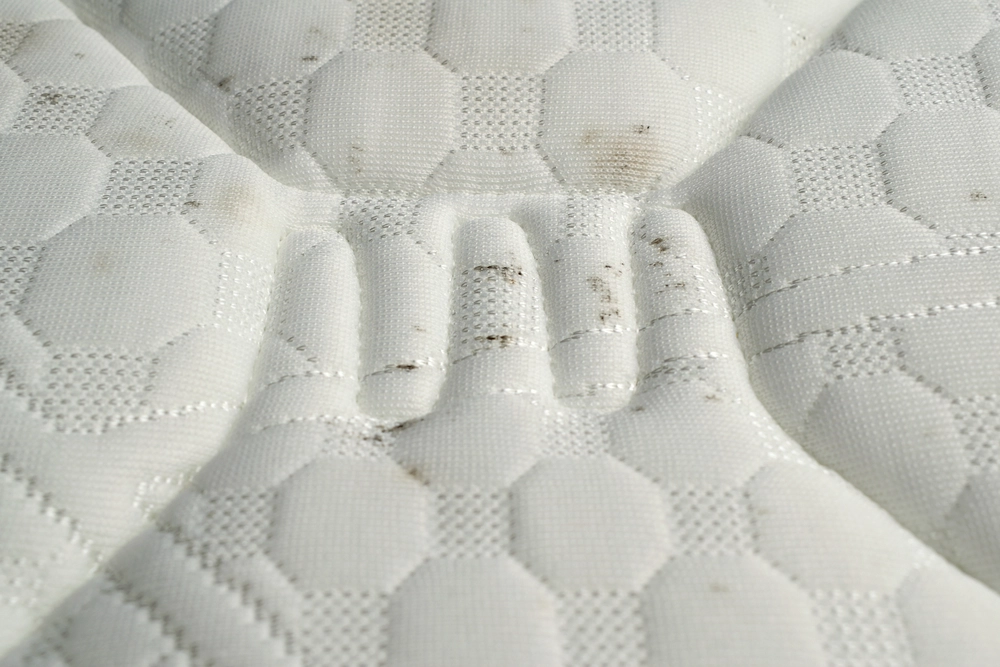
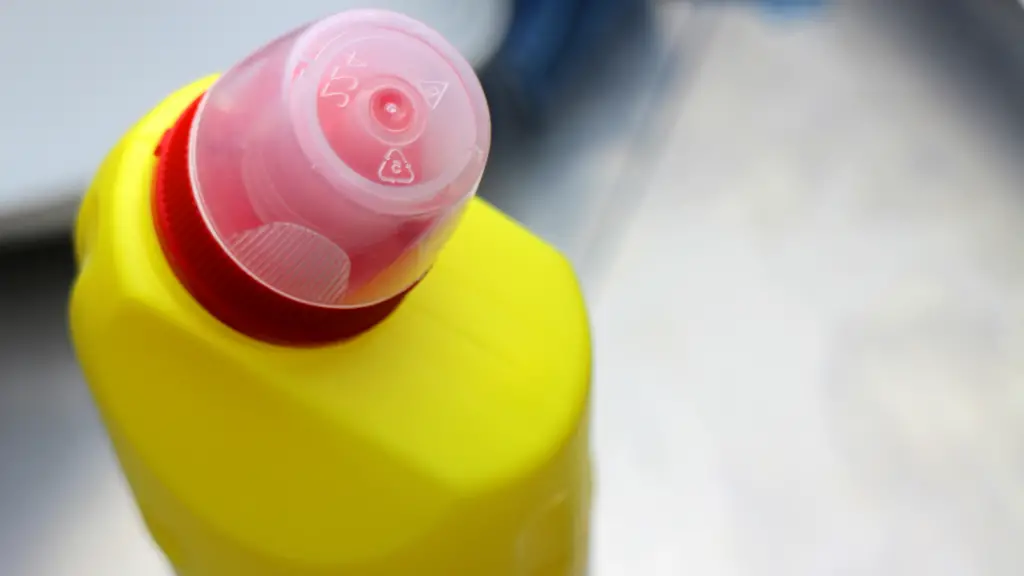
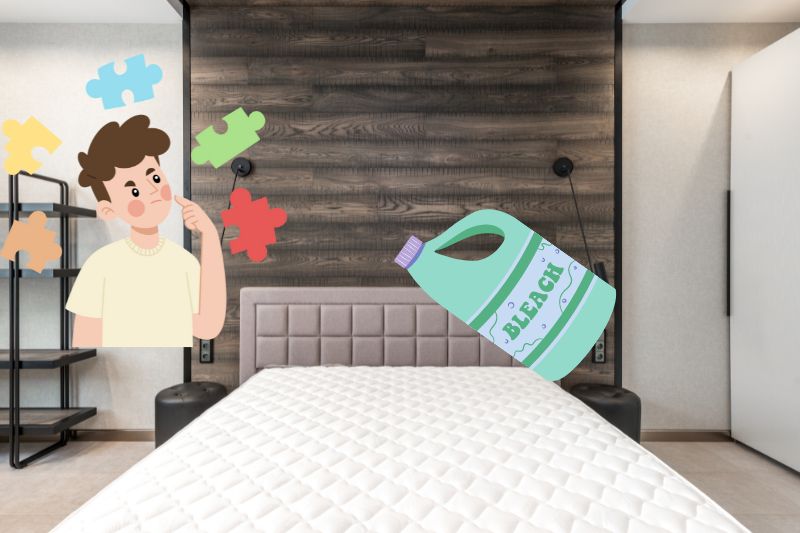
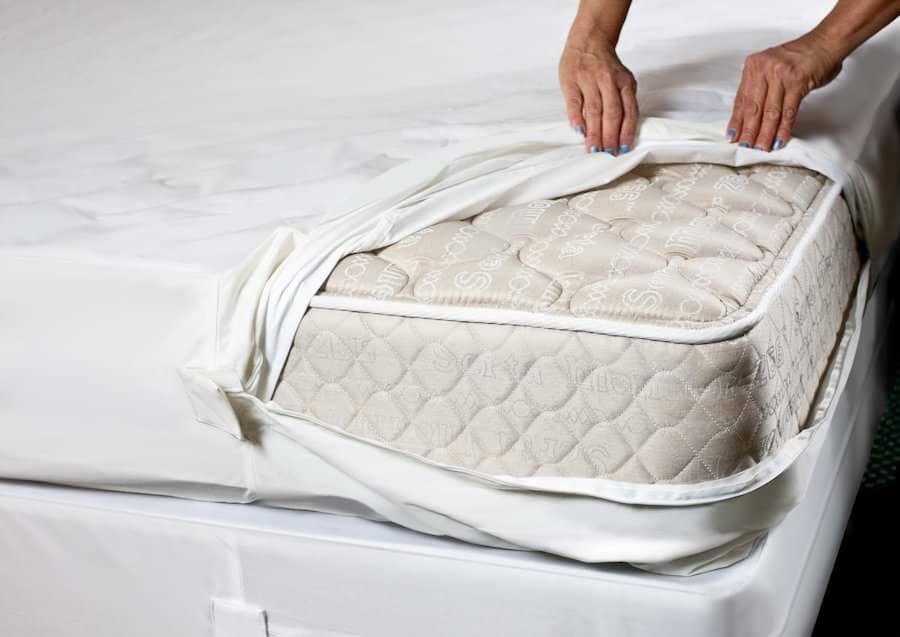



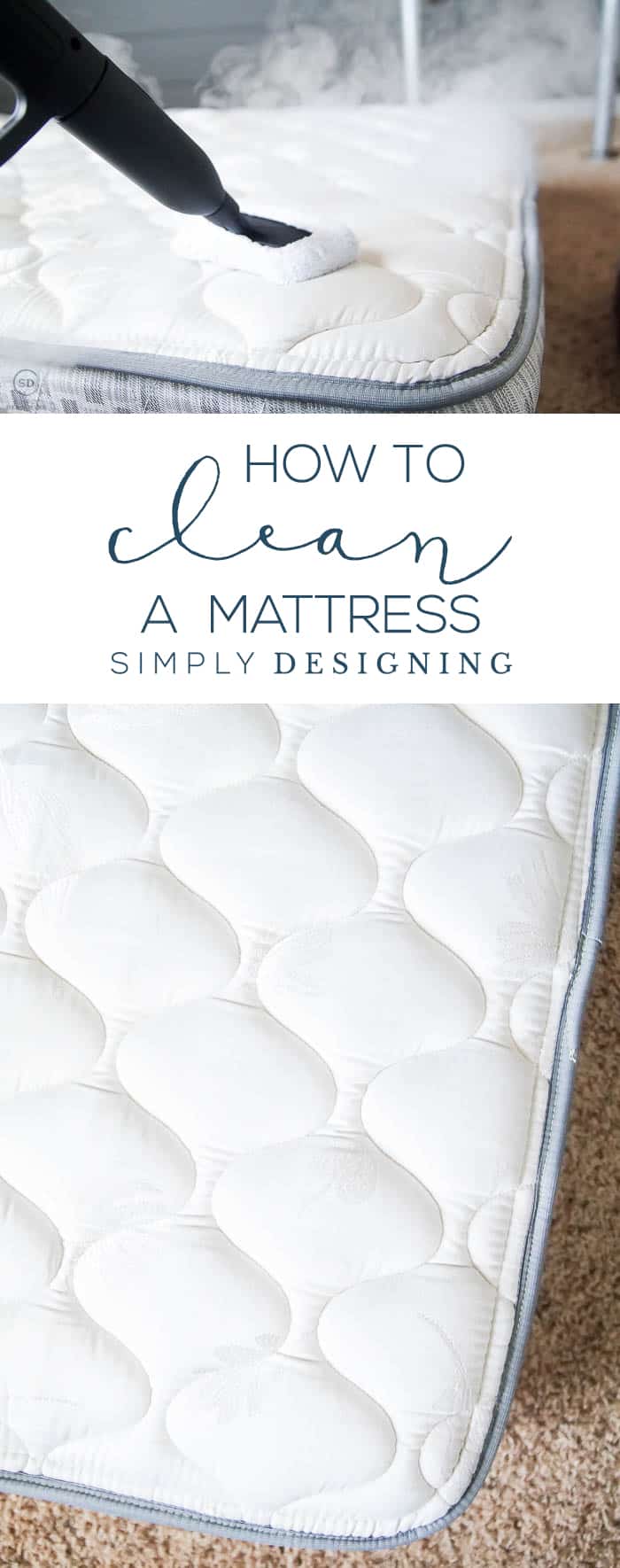

:max_bytes(150000):strip_icc()/clean-your-mattress-the-natural-way-350742-14-5a99efe91be349449c3178993b367746.jpg)
